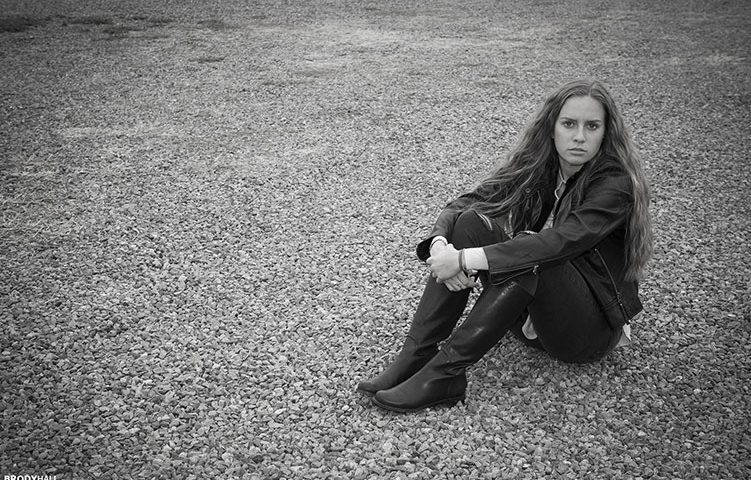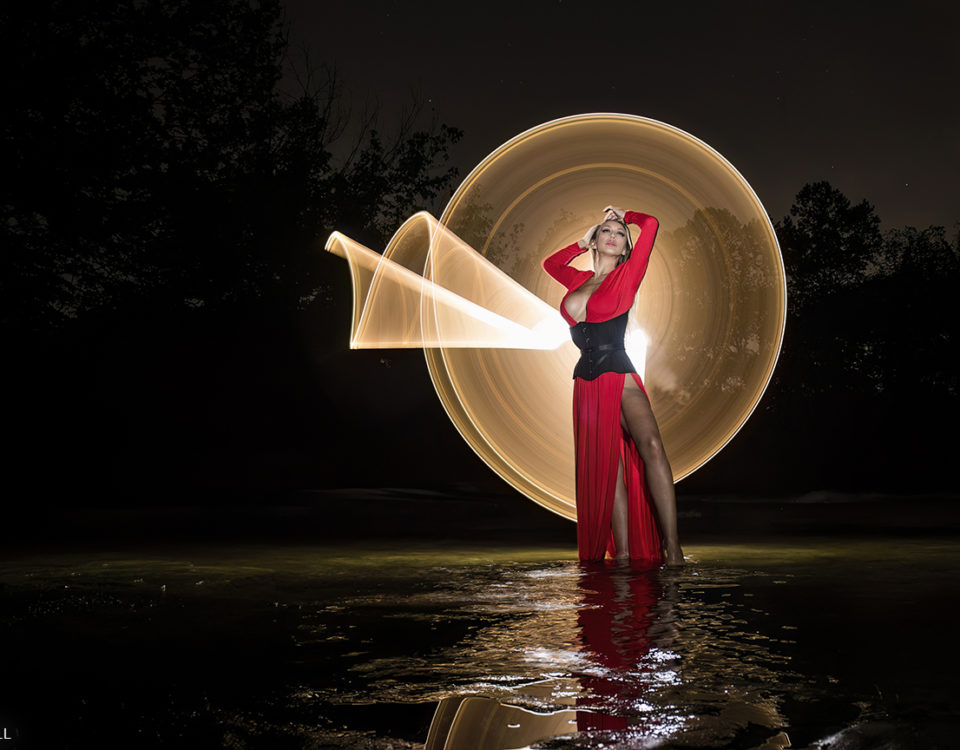Amatuer models and professionals are always needing to add to and update their books. The question is, what is the best way to do it…
I do get people asking me about model portfolios; old, young, male, female, all shapes and sizes. And there are definitely rules/concepts/thoughts I try and pass along to them. What is a portfolio? Simple, it’s your visual modeling CV or resume if you will. It’s used to advertise your different looks, posing skills, and abilities in front of the lens.
First and foremost, what is YOUR portfolio for? Do you want to be a sports/fitness model? Do you want to model nude for college art classes? Do you want to be a high fashion runway model? Do you want to model wedding dresses or products? I’m not saying you have to pick only one… And you can certainly change your field when you get that urge. But having some idea of what kind of portfolio you want will really help in the long run. Not to mention save you money and time. Once you know what the portfolio is for, put those types of photos in there, ie. if you want to be a bikini model, don’t fill it with photos of you in a business suit.
Second, photographers! One of the sure signs of an amateur photographer is how possessive they are of their models. WOW! They do not want you to work with anyone else. One of the biggest things for a model is to work with a LOT of photographers. Everyone has a different eye and sees & edits everything differently. Example: Last week I went to a local Meet & Greet, several photographers (amature to pro level) and several models (amature to pro level) where there to meet and have fun. The location was outstanding (www.sinkingcreekfarm.org) and the day was hot and beautiful. Afterwards, when everyone started posting their work – you could see the difference in the photography, although it was the same model and the same pose – completely different look and edit. It’s important to work with several photographers. You are going to get a much better result for your book.
Third, photographers! Pros vs Amatures… You don’t have to spend a fortune to develop your portfolio. The bonus to using a professional, odds are he/she will know how to pose you, have better equipment ie, a full studio, and know the best locations for a certain type of shoot. As well as have connections if you want to shoot somewhere special, like a gym, pool, whatever. The upside to an amatuer – they are usually cheap, if not free.
Fourth, Photographer!!! Yes, they all see things differently, yes, there are professionals, yep, there are amatuers. BUT this is the biggie… Do they have work in their portfolio that you want? There are some incredible photographers, but if their work is not to your liking – don’t waste your time or your money. It’s no one’s fault – it’s just not what you want. Just like buying clothes…some appeal to you, some don’t. Make sure you are using someone who’s work is what you want in your book. If they have a certain shot in their portfolio that you really like – ask them about it. See if you can duplicate it with a little twist.
How you use the portfolio is important as well. Make sure you get images from your photographers and releases that allow you to not only use them digitally, but to print for your book as well; anything from an 8×10 to 11×14, depending on the type of portfolio.


